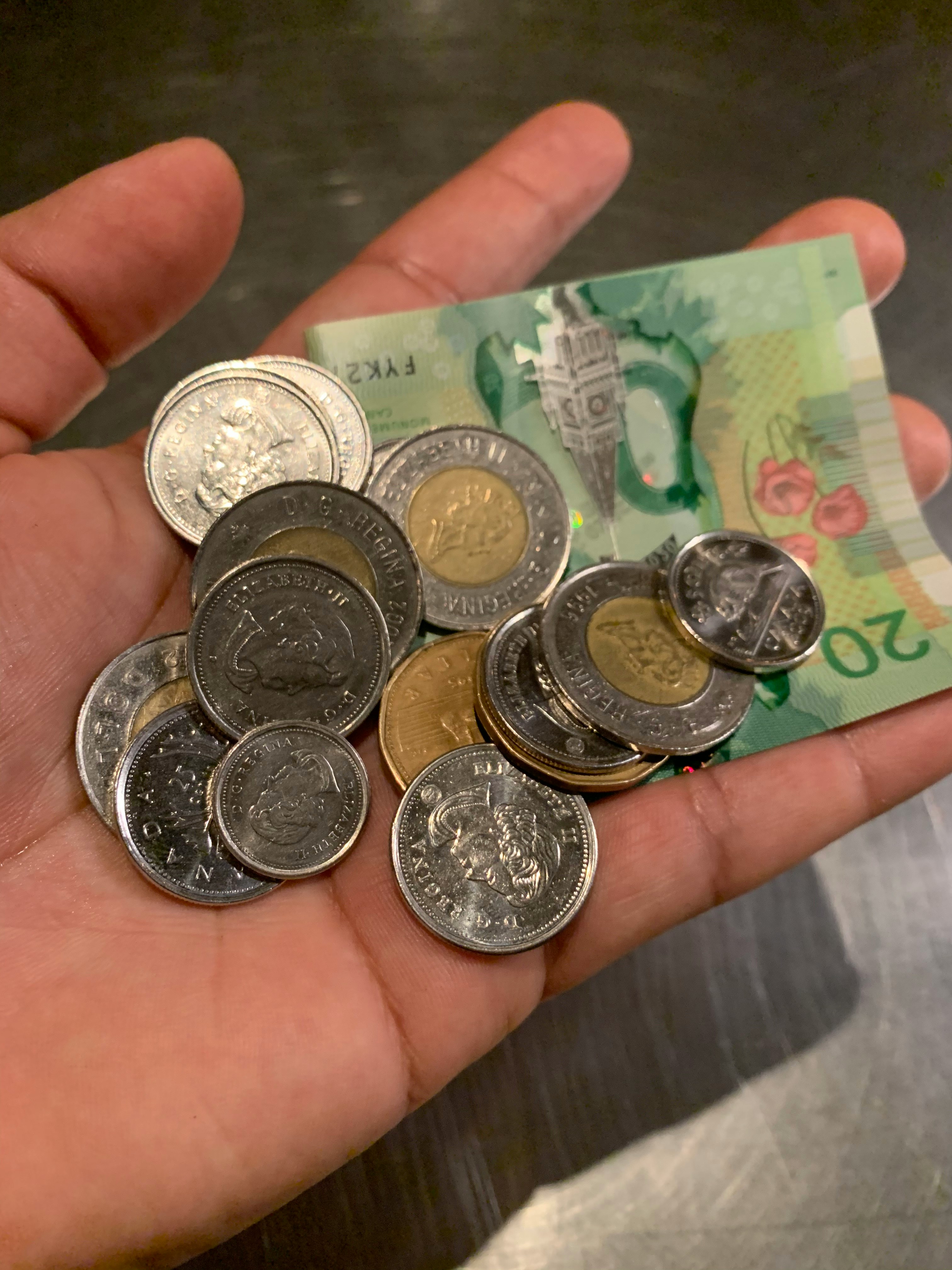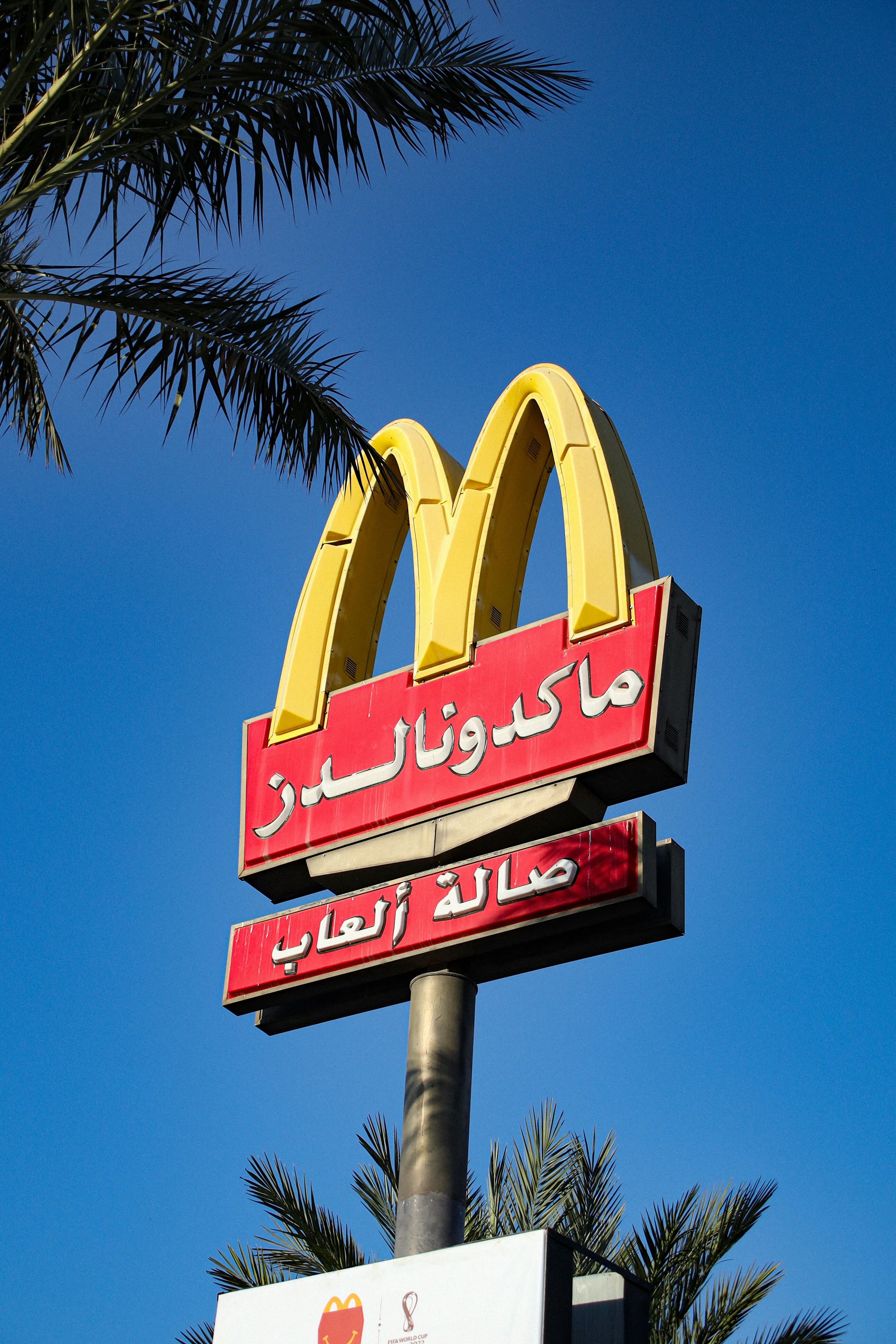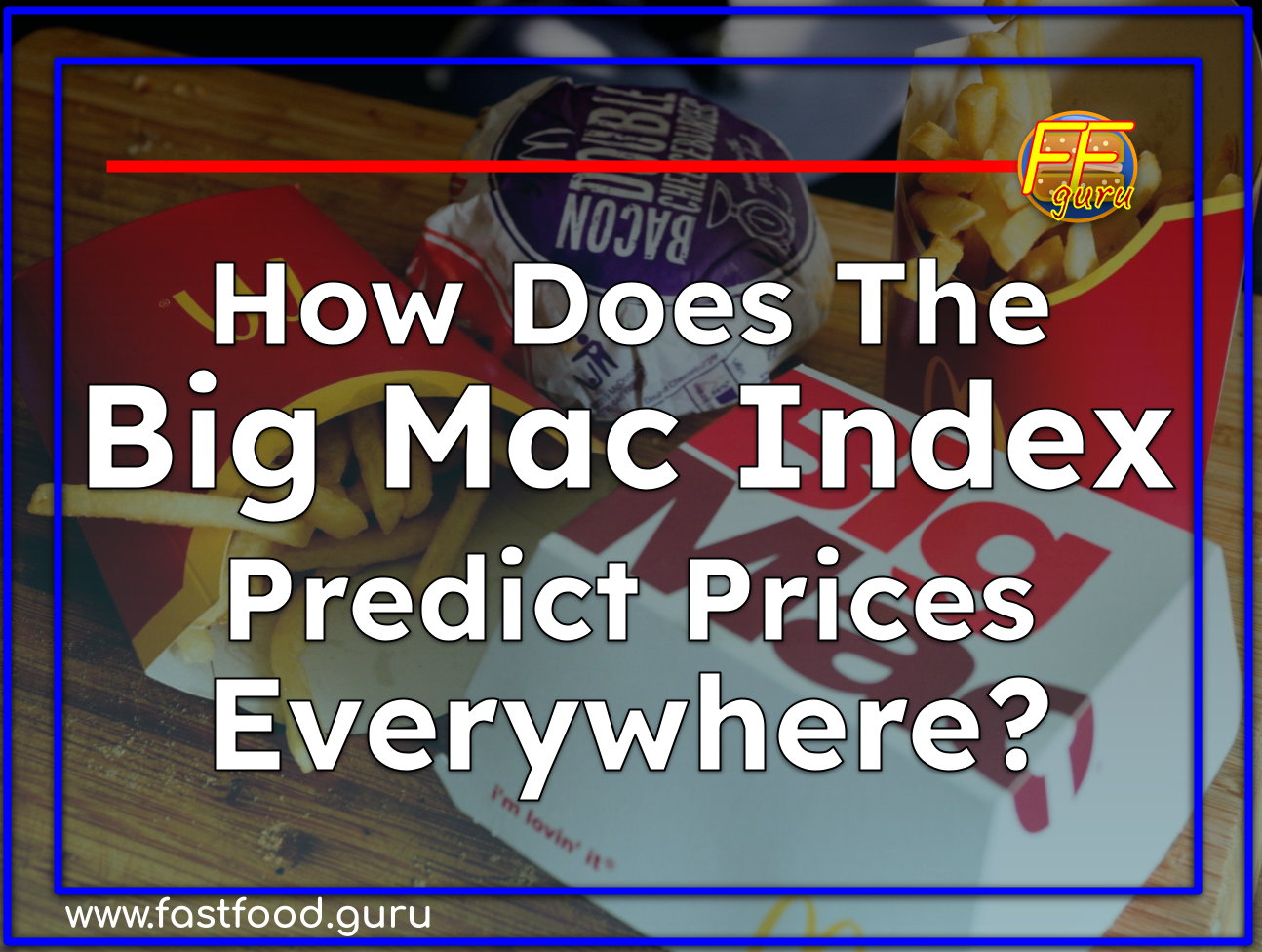Ever wondered if your dollar buys more burger in Buenos Aires than Berlin? The Economist‘s Big Mac Index, a long-standing and unconventional economic indicator, breaks down global currency valuations one McDonald’s hamburger at a time, revealing surprising trends and persistent price divides.
- The Big Mac Index Explained: Discover how The Economist‘s quirky comparison of McDonald’s Big Mac prices across countries offers a simple yet insightful look at currency valuation and purchasing power parity.
- Global Burger Price Map: Get a sneak peek at which countries are likely to have the cheapest and most expensive Big Macs in 2025, and explore the economic factors behind these price differences.
- Beyond the Burger: Learn about the interesting trends the Big Mac Index has revealed over the years and how this seemingly simple metric connects to broader economic concepts like GDP and cost of living.
Ever wondered if your money buys you more bang for your buck in Tokyo than in Toronto? Or perhaps if that juicy Big Mac tastes a little sweeter (or costs a little less) on foreign shores? Well, The Economist has been pondering similar questions since 1986, albeit with a decidedly delicious and globally recognized yardstick: the McDonald’s Big Mac.
As the Statista aptly puts it, “The Big Mac index, published by The Economist, is a novel way of measuring whether the market exchange rates for different countries’ currencies are overvalued or undervalued. It does this by measuring each currency against a common standard – the Big Mac hamburger sold by McDonald’s restaurants all over the world.”
1. Delicious Data: How the Index Works

The Big Mac Index is surprisingly simple. Since the Big Mac is a “completely standardized product across the world,” as Statista notes, its price in different countries should be the same when converted to a common currency (usually the US dollar).
Twice a year, The Economist collects the average national price of a Big Mac and converts it into US dollars using the prevailing exchange rate. Any significant difference in price suggests whether a country’s currency might be overvalued or undervalued by comparison.
For instance, if a Big Mac in country X costs the equivalent of $3 USD, while in the United States it costs $5 USD, the index suggests that country X’s currency might be undervalued. Conversely, if it costs $7 USD, their currency could be overvalued.
It’s a fun, albeit simplified, way to gauge purchasing power parity (PPP) – the idea that items should cost the same in different countries when exchange rates are factored in.
2. How Much Are Big Macs Around The World?

Looking at recent trends can give us a good indication of which countries boast the cheapest and most expensive Big Macs.
Based on data from late 2024 and early 2025, countries with consistently lower Big Mac prices, suggesting potentially undervalued currencies, have often included:
-
Countries with cheaper Big Macs:
Countries like Egypt, India, and Taiwan have shown lower Big Mac prices when converted to US dollars. This often reflects lower labor costs and ingredient prices in these economies.
On the other end of the spectrum, some nations consistently feature the most expensive Big Macs, indicating potentially overvalued currencies or higher costs of doing business:
-
Countries with more expensive Big Macs:
Historically, Switzerland, Norway, and the United Kingdom have often had some of the priciest Big Macs. Even the United States ranks relatively high. Factors like higher wages, stricter regulations, and import costs can contribute to these higher prices. While Argentina has experienced significant economic fluctuations, it has also sometimes featured on the higher end due to inflation.
3. A Burger’s Tale: Interesting Trends Through the Years
Since 1986, the Big Mac Index has offered surprising insights into global finance:
-
Persistent East-West Price Divide: The index has long shown many Asian currencies undervalued against the US dollar. For example, historically, Big Macs in places like Hong Kong and Malaysia were consistently cheaper in USD terms, suggesting greater local purchasing power than exchange rates indicated.
-
Economic Events in a Bun: Major crises and booms are often visible in the index. The Asian Financial Crisis caused a sharp drop in Big Mac prices in affected countries relative to the dollar, reflecting currency devaluation. Strong growth periods often saw the opposite.
-
Beyond Burgers: The “Latte Index” Effect: The Big Mac’s simplicity inspired similar PPP measures using other standardized goods, like the Starbucks Latte Index, offering alternative viewpoints on relative price levels.
-
McDonald’s Pricing: A Local Reflection: Big Mac prices also reveal McDonald’s adaptation to local economies. Higher labor or ingredient costs drive up prices in some regions, while lower prices in others might reflect market positioning.
The Big Mac Index, therefore, provides a concise, relatable lens through which to observe the dynamic interplay of global currencies and economic conditions.
4. Connecting the Dots: Burgers, Bucks, and Buying Power

While it’s a lighthearted tool, the Big Mac Index touches upon fundamental economic concepts:
- GDP and Per Capita GDP: A country with a high GDP might still have a relatively affordable Big Mac if its currency is undervalued, suggesting a lower cost of living relative to its economic output. Per capita GDP offers a more individual-level view, and the Big Mac Index can provide a ground-level comparison of what that income might buy in different places.
- Purchasing Power Parity (PPP): As Statista explains, “Purchasing power parity (PPP) is the idea that items should cost the same in different countries, based on the exchange rate at that time.” The Big Mac Index serves as a basic illustration of this concept. However, it’s crucial to remember, as Statista points out, that “There are more accurate ways to measure differences in PPP though, which convert a larger range of products into their dollar price.” Adjusting GDP for PPP, as Statista mentions with the example of China and the US, gives a different perspective on the size of economies when considering what a currency can actually buy domestically.
5. The Consistency Question and Other Food for Thought

While the Big Mac is designed to be a standardized product, complete consistency across all countries is an ideal rather than a perfect reality.
- Regional variations in ingredients: While the core components are similar, slight regional variations in ingredient sourcing or preparation might exist.
- Local tastes and adaptations: In some markets, McDonald’s might offer slight variations in their menu or even the Big Mac itself to cater to local preferences.
- Pricing strategies: McDonald’s, like any business, adjusts its pricing based on local competition, demand, and cost structures. What might be considered a “value meal” in one country could be a more premium offering in another.
Beyond the core analysis, the Big Mac Index offers other interesting insights:
- A cultural touchstone: The Big Mac is a globally recognized symbol of fast food and globalization, making the index relatable to a wide audience.
- A conversation starter: It’s an engaging way to introduce economic concepts to a broader public, sparking discussions about exchange rates and living costs.
So, the next time you bite into a Big Mac, remember it’s not just a tasty treat. It’s a tiny, sesame seed-topped barometer of the global economy – a fun and accessible way to ponder the power of currencies across the world. Keep an eye on The Economist‘s semi-annual updates to see how the burger-based economic landscape continues to evolve!
World Population Review publishes the current Big Mac Index here
